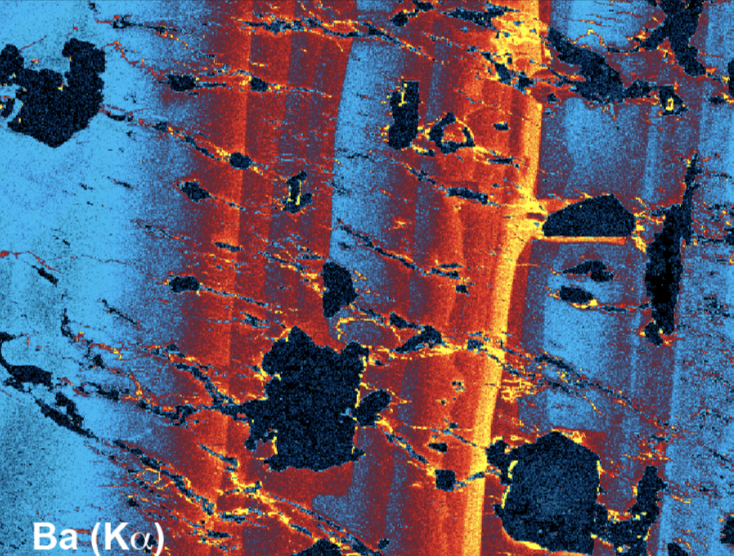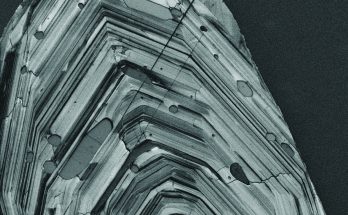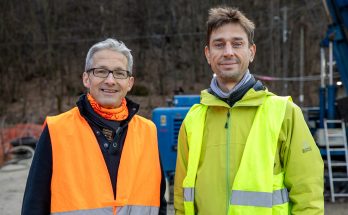Cette publication est également disponible en :
![]() Français
Français

Thanks to a novel SNF Project funding, Professeur Othmar Müntener (ISTE) will address major unknowns in the role of phosphorusin the shallow crust.
Phosphorus is one of the essential and limiting ingredients for living organisms. Understanding how phosphorus is stored in the continental crust and, in particular, how phosphorus is distributed in silicates is fundamental to estimating how quickly it would be available to organisms. This project proposes to use field and laboratory studies to understand the history of the continental crust.
Why is this project important to you?
The new SNF project is embedded in one of my major research interests: How does continental crust form and evolve? The new project circles around phosphorus (P) in minerals that are important rock clocks: garnet and feldspar. Phosphorus is one of the slowest diffusing elements in these minerals and has therefore the potential to track complicated geological histories.
We are hoping to better quantify cooling histories of granitic rocks in the upper crust by investigating in detail the phosphorus and other trace element distribution in feldspar. Maybe we will also be able to track the growth history, together with other tracers (proxies) such as Barium, Titanium, and Strontium. Overall, we will learn more about rates of geological processes related to the growth and modification of the continental crust.

What has led you to address these issues?
Since my arrival à l’ISTE, one aspect has been the absolute dating of minerals by in-situ Laser ablation ICP-MS (induced coupled plasma – mass spectrometry), a powerful analytical technology that enables highly sensitive elemental and isotopic analyses, directly on solid mineral samples that contain Uranuim, Thorium and Lead. But these age determinations come along with errors, so that individual processes in igneous rocks are in the same age range, given the error margin.
Over the last years, together with a group of talented PhD students and postdocs, and the excellent scientific staff, we worked on the distribution of trace elements – whose concentration is very low – in minerals. These elements have the potential to preserve diffusion profiles, from which timescales of geological processes can be calculated, independent of the absolute age. By studying natural diffusion profiles combined with experimental data, we hope to shed new light on the timescales of magmatic processes in plutonic and volcanic rocks.
What main challenges need to be overcome?
There are two principal challenges. Finding the right samples, where nature has left some traces that can be studied and may provide answers to our questions. And finding the key parameters that may control the governing physical and chemical processes. Bridging the scales between laboratory and natural data is then one of the major issues. This is what we hope to achieve in this project.
What are your expectations from your research?
To develop tools or solutions to establish at what time scales magmatic rocks assemble. Ultimately, advance our understanding of the inner workings of magmatic systems and how they contribute to the formation and evolution of the Earth crust.



